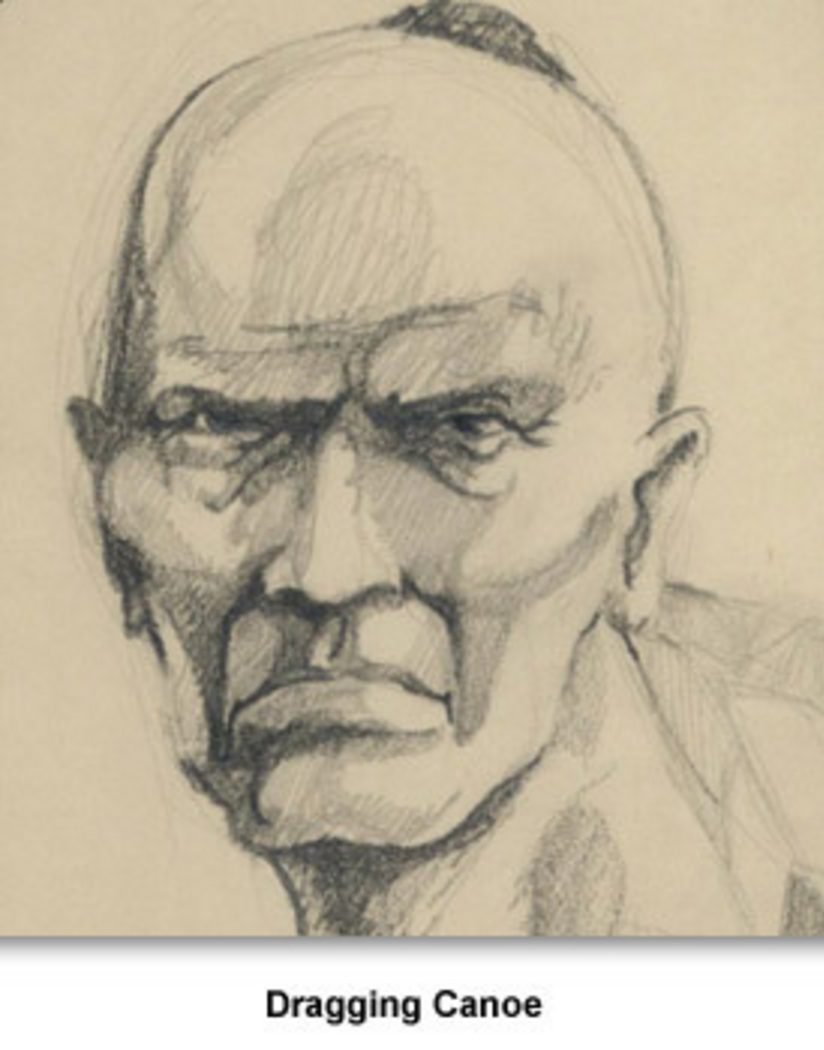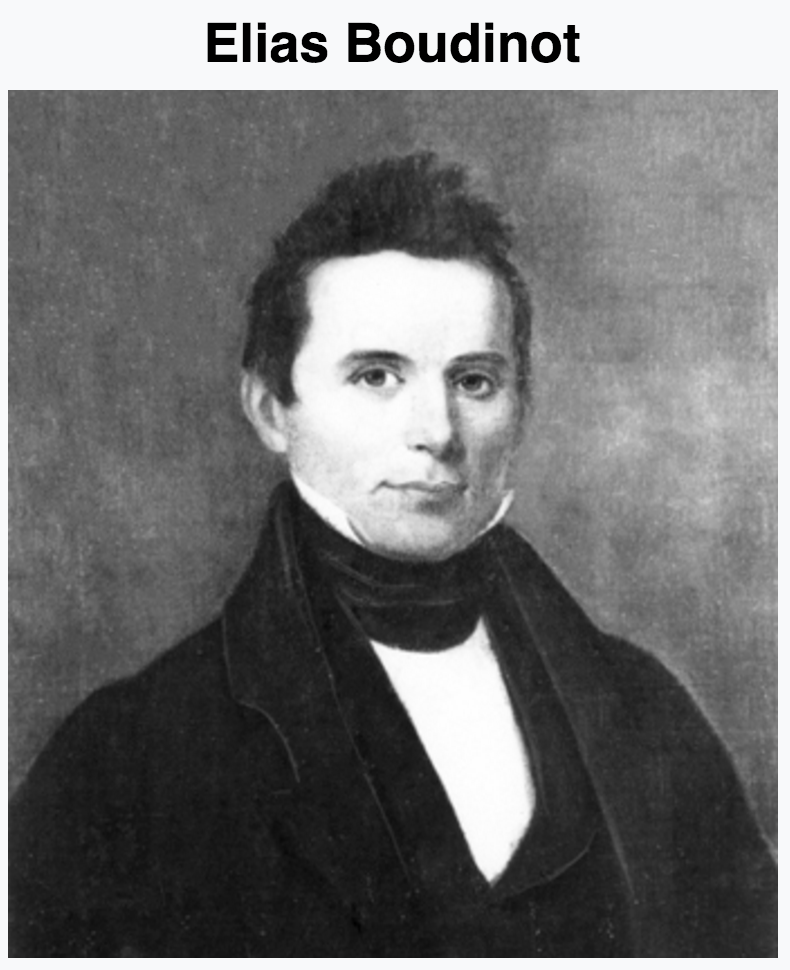The Brainerd Mission: Mists of the Past - Memories
By JON BENNETT
 I am trying to remember - remember the dismembered past. I walked here before. I
dreamed here before. Here I looked for my lost self as a young man, and here I found it.
For me this is
not just a place on the map. A place made the same as all
places by mapping.
This place holds something sacred. There's
a meaning here that won't be lost, though it's not always apparent, not always
seen, and never seen by some who pass by it everyday.
I am trying to remember - remember the dismembered past. I walked here before. I
dreamed here before. Here I looked for my lost self as a young man, and here I found it.
For me this is
not just a place on the map. A place made the same as all
places by mapping.
This place holds something sacred. There's
a meaning here that won't be lost, though it's not always apparent, not always
seen, and never seen by some who pass by it everyday.
"This is the place God made, and here HE will always abide. For here beat the young heart of life which still lives, still searches, still wonders, still worships in awe. Here creation started, and here it ends. Here is born a new heaven and earth which never perish. Here is the imperishable. I wonder, I look, I feel, I smell the air. Who has gone here, what secrets were left, what was found? What needs completion, what longings linger, and what has faded into the dusk? What has changed, and what is the same, but now unseen, and what seems unchanging? Here have I seen and lived, and loved, was blessed, and saw my blessing. Here I supped from the fount of creation, And kissed the Face of God."
These words I wrote in my diary some years ago, I don't even remember when - somewhere back in the mists of my personal past. They were written in and about the area around Eastgate mall, watching a sunset and reflecting on my life. For this area, and the whole of Brainerd, has been my home for the greater part of my life, since the age of 24.
For most of that time I was either unaware or unconcerned about the larger history of the area, of the Brainerd mission, and of David Brainerd himself, so completely has the once pastoral landscape succumbed to asphalt and modernity. Similarly, naturalist Robert Sparks Walker (1878-1960) who lived three miles up from the mission - frequently riding on horseback to the old mill located on the former mission site to grind his corn to meal when the area was still overwhelmingly rural in the late 19th and early 20th centuries - wrote in "Torchlights to the Cherokee" that he, "never once heard the name Brainerd mentioned, so completely was the history of the old mission lost in the mists of the past."
 Much in my life has happened here. I have spent many pleasant hours by myself,
with my young daughters, and others here. Watching and wondering at the moon rising
over what used to be the Brainerd Mission. Chasing my daughters
through the very fields that once housed missionaries and students, and now
house every kind of merchandise in a Walmart.
Many times I have passed right past the old cemetery, the only part of the
mission still preserved, and sat on a bench at its very border, oblivious
to the story behind it, and its significance to Chattanooga's history, and
to my own.
Much in my life has happened here. I have spent many pleasant hours by myself,
with my young daughters, and others here. Watching and wondering at the moon rising
over what used to be the Brainerd Mission. Chasing my daughters
through the very fields that once housed missionaries and students, and now
house every kind of merchandise in a Walmart.
Many times I have passed right past the old cemetery, the only part of the
mission still preserved, and sat on a bench at its very border, oblivious
to the story behind it, and its significance to Chattanooga's history, and
to my own.
History is a lot about dates - about what happened at a given time - but history also is about people, about personalities and all that entails - their struggle, their drama, their wonder of life. As I understand it, the Cherokee had a different notion of time than the Europeans who invaded their lands and displaced them. They believed that all people that went before us are somehow still here, still in the present, inhabiting these times. The meaning of their lives, and the history of their time is somehow mingled with our own, and still unfolding.
This internationally known mission contributed greatly to early Chattanooga's progress and development, and especially to its rich heritage of spiritual development. Any Christian in this area owes a debt of gratitude to this mission's direct influence on early churches. The first church in Chattanooga, First Presbyterian, was founded by two of the Brainerd missionaries. Ainsworth Blunt, a Brainerd missionary who at first set out to accompany native mission members on the Trail of Tears, returned after falling ill and became a founding deacon of First Presbyterian in Chattanooga on June 21, 1840. He later moved to Dalton, GA and helped found the Presbyterian church there, and became the first mayor of Dalton. The Concord Baptist Church and the Congregational Church all have ties to Mission members.
This influence was very personal to me, as the McCallie family was very active in First Presbyterian, and I attended McCallie School right at the foot of Missionary Ridge - even the name bearing witness to the wide influence of the Brainerd mission. As a young student I was greatly influenced by the Christian atmosphere and teaching at McCallie. Every morning at assembly we would have devotionals. I can remember well the words of the Psalms and other parts of scripture that were imprinted on me then, and resonate louder today when I hear them. And over the study hall, the words from the Catechism were etched in wood, and now written upon my heart - "Man's Chief end is to Glorify God and to enjoy Him Forever"
The land where the Brainerd Mission was to take shape was first carved out of the wilderness in 1817, before there was a Chattanooga, on land purchased by the government from the Scottish trader John McDonald, grandfather of Chief John Ross. McDonald had travelled down from the lower Little Tennesse river in 1770 with Dragging Canoe (Tai Ya Gansi Ni), the great Cherokee war chief, from a town called Milaquo near present day Madisonville, TN. Dragging Canoe began the settlemnent, Chicamaugua town, on the South bank of the Chickamauga at the crossroads of two Indian warpaths, near Brainerd Rd. Chickamaugau town stretched south from the Brainerd Hills area north to the airport. The population was reportely around 1000.
 McDonald settled on the north shore, and cleared out a few acres of land, built a
mill, and 3 or 4 log cabins.
Chief Dragging Canoe fought the French, the Spanish, and the white settlers
and the colonists in the Revolutionary War on the side of the British.
Colonel Evan Shelby burned Chickamauga town in 1779, and John Seiver burned
it again in 1782. Dragging Canoe then moved downstream, and established the "Five Lower Towns" below
the natural obstructions and defenses of the Tennessee River Gorge.
McDonald settled on the north shore, and cleared out a few acres of land, built a
mill, and 3 or 4 log cabins.
Chief Dragging Canoe fought the French, the Spanish, and the white settlers
and the colonists in the Revolutionary War on the side of the British.
Colonel Evan Shelby burned Chickamauga town in 1779, and John Seiver burned
it again in 1782. Dragging Canoe then moved downstream, and established the "Five Lower Towns" below
the natural obstructions and defenses of the Tennessee River Gorge.
In addition to fighting with the European settlers, the Cherokees had been trading heavily with them, and their culture and traditions were greatly influenced by this exchange. By 1800 they were also motivated to acculturate somewhat into the greater American Eurocentric culture slowly enveloping them in an effort to save their ancestral lands, and prove to the US government they could be good neighbors. By 1827 the Cherokee had established a written constitutional republican form of government modeled after our own.
This was the background when the government purchased 160 acres of land from McDonald at a price of 500 dollars, and gave it to the Amercian Board of Commissioners for Foreign Missions. The American Board of Missions grew out of the Congregationalist movement, and also incorporated Presbyterians and Dutch Reformed Calvinists.
The mission was named for David Brainerd (1718 - 1747), an eighteenth century New England missionary to Native Americans who was mentored by Jonathan Edwards (1703 - 1758), the noted "New Light" Congregational evangelist of the Great Awakening. Brainerd traveled over 3000 miles on horseback missionary journeys among Native Americans in the Northeastern and Mid-Atlantic colonies, and he died prematurely at age 29 of tuberculosis. Edwards would in 1749 publish a biography of Brainerd, "An Account of the Life of the Late Rev. David Brainerd."
At its height the Brainerd Mission housed over 100 students. John McDonald had built the first mill, and it was later rebuilt by the missionaries. Not only did they use it for grinding meal, but converted into a saw mill and a black smith shop. It was officially bought and rebuilt by Philemon Bird in the 1840s. At one time Birds Mill Road was the only road in Chattanooga going from Graysville all the way to Missionary Ridge. It was later renamed Brainerd Road.
 Daily life at the Brainerd mission included language and religious education, as well as
instruction in farming, smithing, and other trades. They designed a curriculum which included
Bible study, hymns, prayer, and vocational training (stock-raising, gardening, smithing, and
carpentry for boys and domestic chores, spinning, and weaving for girls) as well as
the "three Rs," grammar, and geography. Lessons followed the Lancastrian plan, wherein
older and more accomplished students helped instruct their younger counterparts.
The mission was located right across the Chickamauga Creek settlement on the site of present-day
Brainerd village the Osborne Business Center and Walmart.
The Brainerd Mission became a model and a seedbed for other
missions, and at least ten more missions were started in the area within a 100
mile radius.
Daily life at the Brainerd mission included language and religious education, as well as
instruction in farming, smithing, and other trades. They designed a curriculum which included
Bible study, hymns, prayer, and vocational training (stock-raising, gardening, smithing, and
carpentry for boys and domestic chores, spinning, and weaving for girls) as well as
the "three Rs," grammar, and geography. Lessons followed the Lancastrian plan, wherein
older and more accomplished students helped instruct their younger counterparts.
The mission was located right across the Chickamauga Creek settlement on the site of present-day
Brainerd village the Osborne Business Center and Walmart.
The Brainerd Mission became a model and a seedbed for other
missions, and at least ten more missions were started in the area within a 100
mile radius.
 Sequoyah was inspired by the "talking
leaf," which is what the Cherokee called writing used by the European settlers, to create his
syllabary which he finished in 1821. Sequoyah understood the advantages of a written
language for his own people in their struggles to maintain their independence from
the steadily encroaching Americans. Samuel Worcester (1798-1859), probably the most famous
minister at the Brainerd Mission, where he served from 1825 to 1826, was instrumental in making the new Cherokee
syllabary suitable for printing. At his urging, a hand printing press and Cherokee syllabary
characters in type were prepared in 1827 by the Missionary Board and shipped from Boston to
Cherokee leaders in New Echota, Georgia.
Sequoyah was inspired by the "talking
leaf," which is what the Cherokee called writing used by the European settlers, to create his
syllabary which he finished in 1821. Sequoyah understood the advantages of a written
language for his own people in their struggles to maintain their independence from
the steadily encroaching Americans. Samuel Worcester (1798-1859), probably the most famous
minister at the Brainerd Mission, where he served from 1825 to 1826, was instrumental in making the new Cherokee
syllabary suitable for printing. At his urging, a hand printing press and Cherokee syllabary
characters in type were prepared in 1827 by the Missionary Board and shipped from Boston to
Cherokee leaders in New Echota, Georgia.
 Despite a policy of acculturation promoted by the Cherokee government, the nation was under steady attack by
settlers and land developers and speculators by end of James Madison's
presidency. President James Monroe visited the Brainerd Mission in May 1819.
This was the first presidential visit to the Hamilton County area.
Monroe was impressed
enough with the mission that he donated $1,000, but his successors had
less respect for the work being done there.
Andrew Jackson's election in 1828 put an end to any hope the federal government
would accept the Cherokee as an "assimilated" nation, or respect their territorial claims guaranteed
by treaty. Had Jackson not lost the electoral college in
1824, the Five Tribes nations in the Southeast may have been removed much earlier.
The discovery of gold in the Dahlonega area of North Georgia inside the Cherokee Nation in 1828, the
same year of Jackson's eventual election to the presidency, would seal the eastern Cherokee's fate.
Despite a policy of acculturation promoted by the Cherokee government, the nation was under steady attack by
settlers and land developers and speculators by end of James Madison's
presidency. President James Monroe visited the Brainerd Mission in May 1819.
This was the first presidential visit to the Hamilton County area.
Monroe was impressed
enough with the mission that he donated $1,000, but his successors had
less respect for the work being done there.
Andrew Jackson's election in 1828 put an end to any hope the federal government
would accept the Cherokee as an "assimilated" nation, or respect their territorial claims guaranteed
by treaty. Had Jackson not lost the electoral college in
1824, the Five Tribes nations in the Southeast may have been removed much earlier.
The discovery of gold in the Dahlonega area of North Georgia inside the Cherokee Nation in 1828, the
same year of Jackson's eventual election to the presidency, would seal the eastern Cherokee's fate.
 The Brainerd Mission
students included many "acculturation" Cherokee leaders who would later support removal to the Oklahoma
area in an effort to preserve their national sovereignty, including Elias Boudinot (Gallegina Uwati), who became editor of the Cherokee Phoenix and a
signer of the 1835 New Echota removal treaty and John Ridge, son of Major Ridge, who became a
member of the National Council and a pro-removal leader.
The Brainerd Mission
students included many "acculturation" Cherokee leaders who would later support removal to the Oklahoma
area in an effort to preserve their national sovereignty, including Elias Boudinot (Gallegina Uwati), who became editor of the Cherokee Phoenix and a
signer of the 1835 New Echota removal treaty and John Ridge, son of Major Ridge, who became a
member of the National Council and a pro-removal leader.
Despite the tragedy that ultimately befell the Brainerd Mission and the Cherokee Nation as a whole, the missionaries were possessed of a powerful love - a love that inspired some of them, including Samuel Worcester, to undergo imprisonment for their Cherokee friends, and most of them to emigrate westward with them on the Trail of Tears.
READ or SUBMIT Comments about this article.
For More Historical Information About Chattanooga, and Articles About
Chattanooga History:
Visit our CHATTANOOGA HISTORY READING ROOM.









